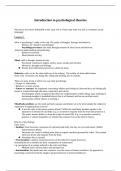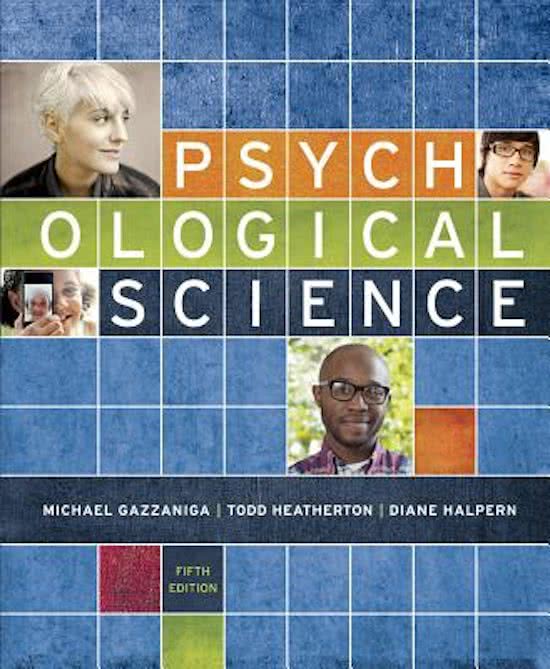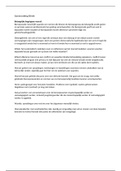Summary
samenvatting introduction to psychological theories
- Course
- Institution
- Book
A summary of all courses combined with the book. All theories and concepts. Made clear and organized. (From the course introduction to psychological theories at the RUG)
[Show more]





